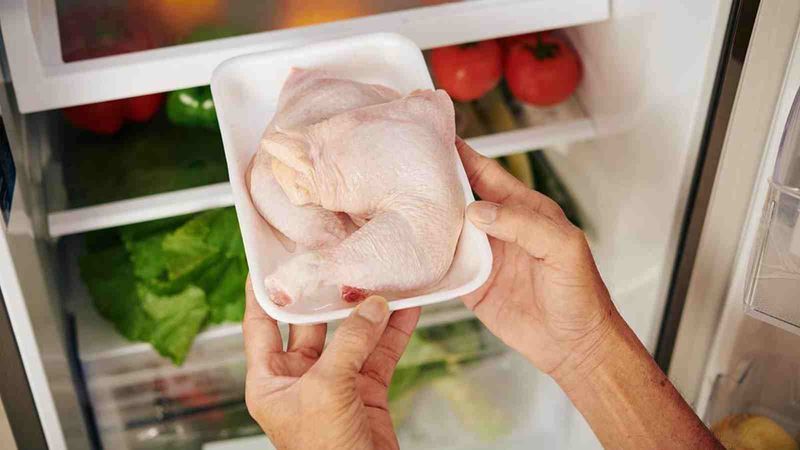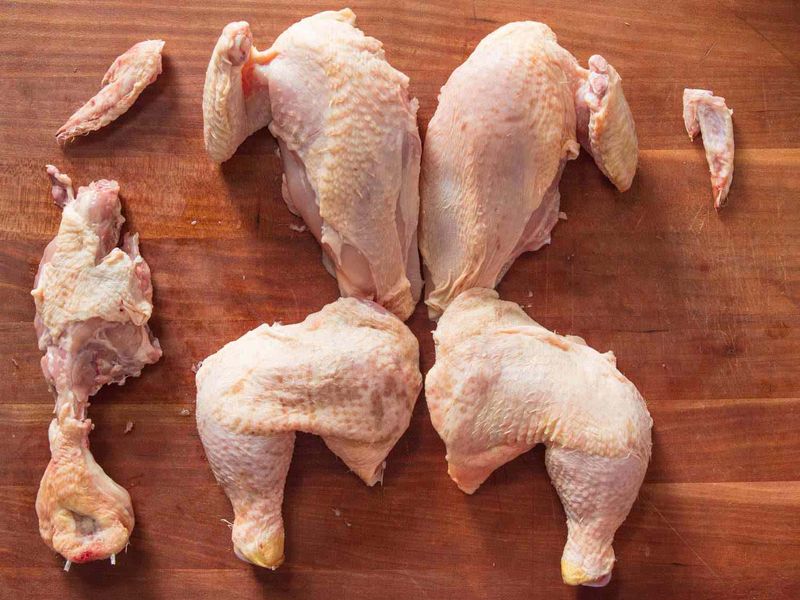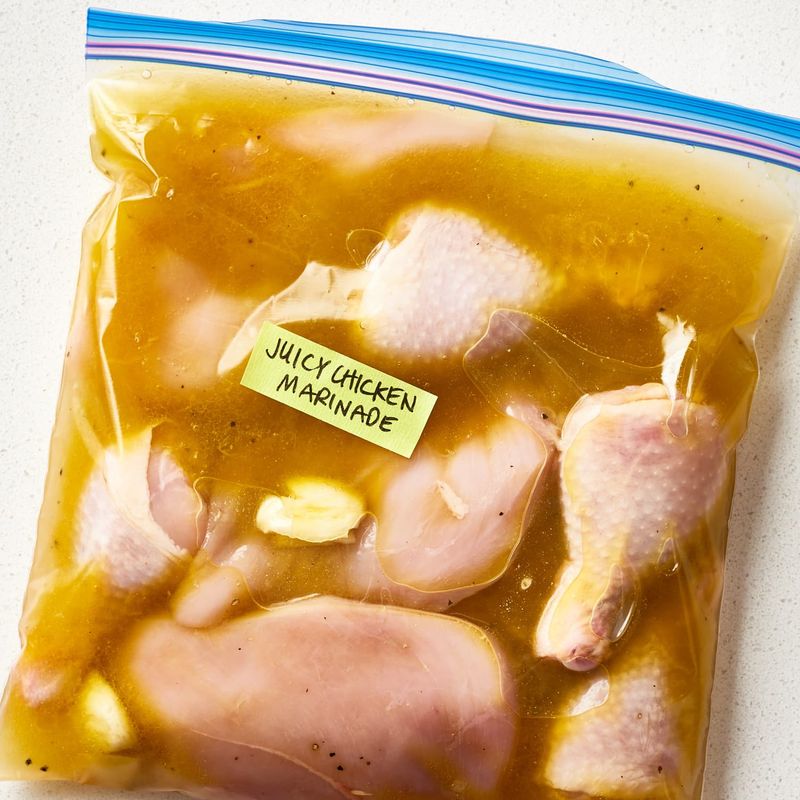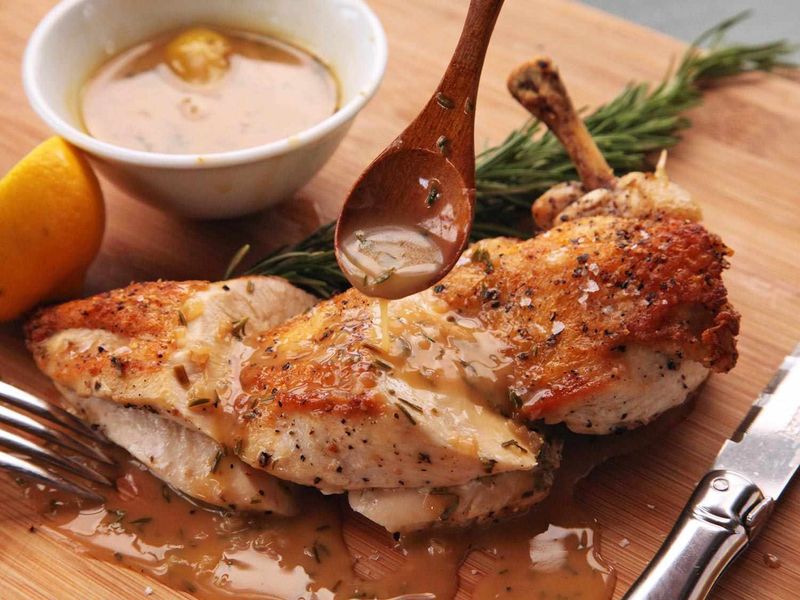Grilled chicken should be juicy, flavorful, and beautifully charred—not dry, bland, or burnt to a crisp. After 15 years in professional kitchens, I’ve learned that making unforgettable grilled chicken isn’t about fancy tools or secret ingredients—it’s about mastering a few simple techniques that most home cooks overlook. These are the same game-changing tips chefs use every day to turn ordinary chicken into something crave-worthy. Whether you’re firing up the grill for a weeknight dinner or a backyard feast, these 7 expert-backed secrets will help you grill like a pro—no culinary degree required. Let’s turn up the heat!
1. Quality Chicken Selection

The foundation of great grilled chicken begins long before the grill is hot. Sourcing matters. Opt for fresh, high-quality chicken from a butcher, local farm, or trusted grocery store with a solid turnover. Organic or pasture-raised birds tend to deliver better texture and richer flavor.
Avoid pre-brined or injected options, which often contain added water and sodium that can interfere with your own brine or marinade.
When your meat is already packed with integrity, the rest of the cooking process becomes that much easier. Simply put, starting with a superior bird means you’ll need fewer tricks later to achieve tender, flavorful results. It’s the first move pros never skip—and neither should you.
2. Understanding Chicken Cuts

Each cut of chicken demands a slightly different approach—and mastering those nuances separates a good grill cook from a great one. Bone-in thighs and drumsticks are forgiving, staying juicy even with longer cook times, while boneless breasts benefit from being butterflied or gently pounded for even cooking.
Wings love high heat and lots of movement. Learn where to position each piece on the grill, and don’t assume one-size-fits-all.
Handling your chosen cut with attention—from trimming fat to drying the skin—impacts both texture and cook time. By tailoring your prep to each cut’s strengths, you’ll consistently get delicious results that aren’t over- or underdone. It’s that extra step that delivers professional precision.
3. Marinades and Brines

Long before the chicken hits the grill, seasoning should start from within. Marinades introduce bold flavors, while brines infuse moisture and tenderness. Dry cures and rubs build layered complexity with zero mess.
A simple overnight brine with salt, sugar, and aromatics works wonders on lean cuts like breasts, while yogurt-based marinades tenderize and flavor simultaneously. Even 30 minutes in a brine or marinade can make a noticeable difference.
The key is to give your chicken a flavorful head start, so it doesn’t rely solely on sauce at the finish line. These methods aren’t just enhancements—they’re the backbone of juicy, craveable grilled chicken pros rely on every single time.
4. Saucing Techniques

While it’s tempting to slather your chicken in sauce early, patience pays off. Most barbecue sauces—especially those with sugar or honey—burn quickly over open flame. That bitterness can overpower everything else you’ve worked so hard to build.
Instead, grill your chicken most of the way through, then add your sauce during the final few minutes, turning frequently to avoid scorching. This approach creates a glossy, caramelized layer of flavor without compromising the integrity of the meat.
For thicker sauces, baste in layers, letting each coat set before applying the next. It’s the professional trick for achieving that picture-perfect finish with maximum flavor and zero burnt mess.
5. Cooking Methods

Guesswork has no place when it comes to food safety and perfectly cooked meat. The most reliable tool in your arsenal? A meat thermometer. Insert it into the thickest part of the chicken—without touching bone—and aim for 165°F for breasts and 175°F for thighs.
Don’t have a thermometer? Look for visual cues: clear juices, firm texture, and no pink near the bone. Some pros also rely on the “poke test,” checking for springy resistance. Whichever method you choose, consistency is key.
Undercooked chicken is dangerous; overcooked is dry. Knowing when your bird is perfectly done takes the stress out of grilling and ensures juicy results every time.
6. Heat Management

Controlling your heat zones is one of the most effective ways to master grilled chicken. Direct heat delivers that coveted sear and crispy skin, while indirect heat allows thicker cuts to cook gently and evenly without burning the outside.
For best results, start the chicken over direct heat to build color and char, then shift it to the cooler side to finish through. And here’s the golden rule—keep the lid closed. Closing the lid creates a convection effect, trapping heat and smoky flavor while speeding up cooking time.
It also prevents flare-ups from dripping fat. The result is juicier, more flavorful chicken that cooks evenly every time. Great grilling is about balance: fiery intensity upfront, slow control to finish strong.
7. Resting the Chicken

It’s incredibly tempting to slice into that beautifully grilled chicken the second it comes off the heat—but resist the urge. A brief resting period makes a dramatic difference in texture and juiciness.
When meat is hot off the grill, its internal juices are still circulating. Cut too soon, and you’ll watch all that moisture spill onto the cutting board instead of staying inside the meat. Letting your chicken rest for 5 to 10 minutes—loosely tented with foil—gives those juices time to redistribute evenly.
This small act results in a much more tender, flavorful bite. Plus, it frees up a few moments to prep your sides or tidy your plating. It’s a final, easy step that separates amateurs from pros.
Leave a comment